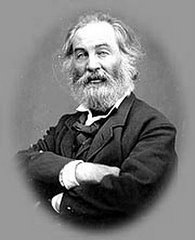
 Big Frank has been enjoying the beauties of Arizona - especially Sedona. From the the attached photos that Big Frank took you can see the spectacular beauty of the Sedona area. When coupled with bright sunshine and clear blue skies, it is difficult to think of a better place to be.
Big Frank has been enjoying the beauties of Arizona - especially Sedona. From the the attached photos that Big Frank took you can see the spectacular beauty of the Sedona area. When coupled with bright sunshine and clear blue skies, it is difficult to think of a better place to be.Sedona is named after Sedona Miller Schnebly, the wife of the first the area's postmaster T. Carl Schnebly. The statue of Sedona in front of the library has her protrayed not only as a babe, but I would guess from the apple in her hand - a teacher too. T. Carl has a lot of the area named after him and a distinctive geological feature: the Schnebly Hill Formation - the characteristic red hills that mark Sedona: including Bell Rock, Courthouse Rock, Cathedral Rock, and Coffee Pot Rock. These are made of red sandstone that was depostited around 300 million years ago, then water drained from the present Colorado plateau brought more sand along with iron traces. Those iron traces in the oxygen rich air of the Permian Period oxidized leaving the sand red. Then with some uplifting cracks and millions of years of erosion - the red rocks of Sedona!
 It's a great place to go hiking and biking. The views are never-ending, the sky blue cap covers you, and you can feel the age of the place with every step you take. This combination has brought art dealers, new age spiritualists, movie stars, polititians, and Big Frank (well at least for a short time anyway). It is a place that goes home with you and buoys you up like a geological uplift.
It's a great place to go hiking and biking. The views are never-ending, the sky blue cap covers you, and you can feel the age of the place with every step you take. This combination has brought art dealers, new age spiritualists, movie stars, polititians, and Big Frank (well at least for a short time anyway). It is a place that goes home with you and buoys you up like a geological uplift.




No comments:
Post a Comment